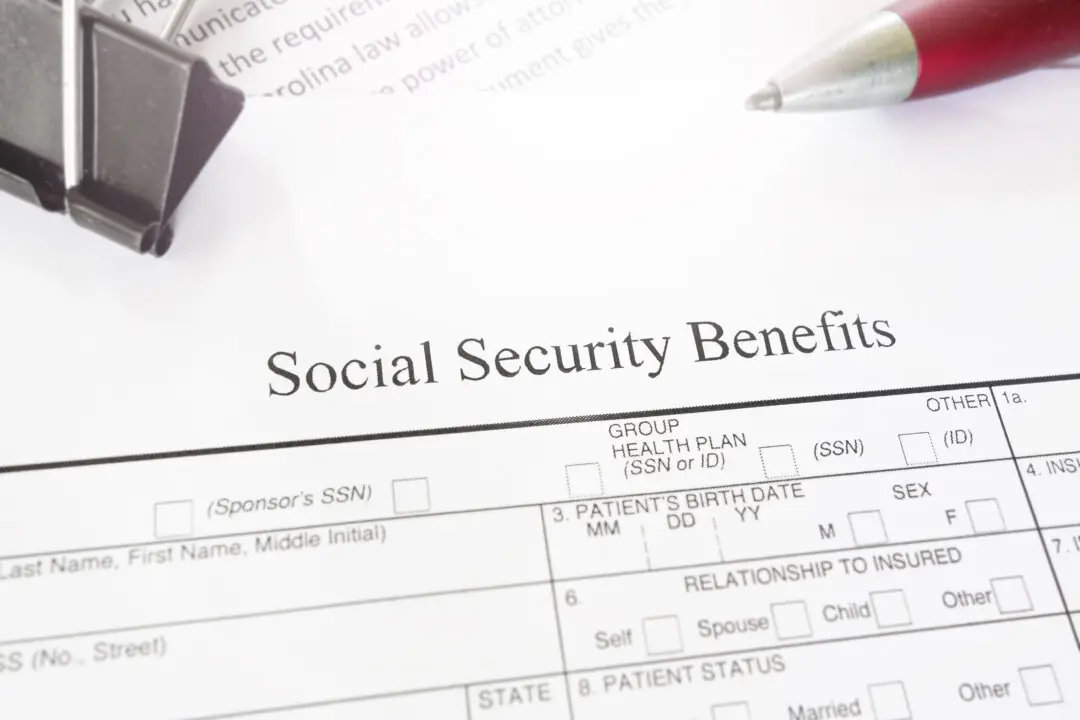Before I start today’s column—a word of warning. It’s going to involve a lot of messy math, and I don’t like math. To be more precise, I don’t like including too much math in my column because I’ve learned over the years that putting lots of numbers in a column just confuses the dickens out of so many of my readers and turns them off. But alas, I’ve got to get into messy math to explain today’s topic: how Social Security benefits are reduced if taken before full retirement age. So if you’re like me, and your eyes just glaze over when presented with too many numbers, you might want to skip today’s column and go straight to the comics section of your newspaper instead!
Anyway, here goes—numbers and all. I recently got an email from a reader who kind of chewed me out for allegedly misleading her about the percentage reduction that is applied to Social Security benefits if they are taken before full retirement age. I usually say that reduction is “about one-half of 1 percent” for each month benefits are taken early. Her email said that a Social Security representative told her the actual reduction is five-ninths of 1 percent. And that’s true—sort of. But as with so many government rules and regulations, there is a lot more to it than that. I‘ll explain those rules today, and once I’m done, I think you’ll see why I simply say the early benefit reduction is “about one-half of 1 percent.”






